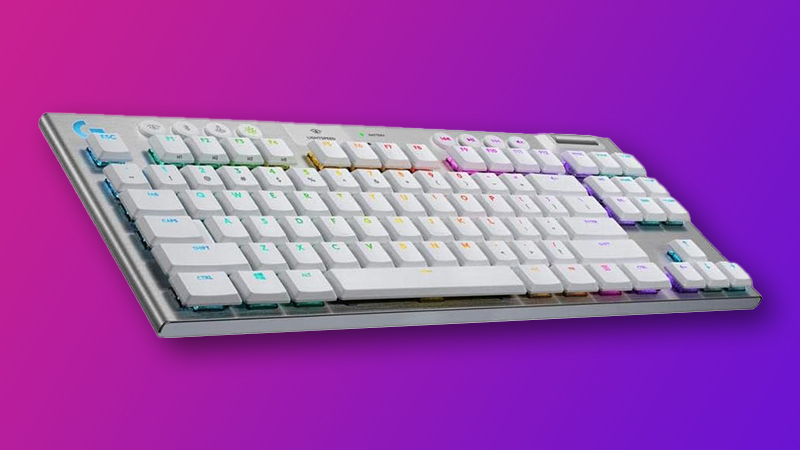Ethereum hitting real-time zk-proof milestone is ‘ZK man on the moon moment’
Succinct has demonstrated real-time zero-knowledge proving for Ethereum blocks, generating cryptographic proofs in under 12 seconds. Succinct’s SP1 “Hypercube” zkVM produced a proof for Ethereum block 22309250 (143 transactions, 32 million gas) in 10.8 seconds, and internal benchmarks showed it could prove 93 % of 10,000 recent main-net blocks in under 12 seconds, with an […] The post Ethereum hitting real-time zk-proof milestone is ‘ZK man on the moon moment’ appeared first on CryptoSlate.

Succinct has demonstrated real-time zero-knowledge proving for Ethereum blocks, generating cryptographic proofs in under 12 seconds.
Succinct’s SP1 “Hypercube” zkVM produced a proof for Ethereum block 22309250 (143 transactions, 32 million gas) in 10.8 seconds, and internal benchmarks showed it could prove 93 % of 10,000 recent main-net blocks in under 12 seconds, with an average latency of 10.3 seconds.
The achievement marks a technical leap for the zero-knowledge space, with Succinct deploying an entirely new proof system based on multilinear polynomials, optimized CUDA kernels for operations such as LogUp GKR and sum-check, and a low-latency cloud architecture spanning hundreds of GPUs. Co-founder Uma Roy characterized the milestone as a result of engineering advances across cryptography, hardware acceleration, and distributed systems.
Roy commented,
“This is ZK’s man on the moon moment. Real-time Ethereum proving has landed.
If you had asked anyone in ZK 1 year ago whether this was possible, they would have said it was a literal moonshot.”
While the performance milestone narrows the latency gap between proof generation and block time, Ethereum co-founder Vitalik Buterin outlined remaining limitations.
Current results represent average-case performance, not worst-case. Buterin emphasized that for real-time proving to be suitable for Layer 1 security, worst-case block proving must also remain within block times.
Additionally, SP1 proofs have not undergone formal verification, and energy requirements hover near 100 kW per proof, far above the 10 kW that Buterin considers viable for home-based proving. He also noted that expanding Ethereum’s Layer 1 gas limit by an order of magnitude remains contingent on further proof efficiency.
Community discussions have surfaced around decentralization and proving capacity. As discussed in the Ethereum Magicians forum, researcher Dankrad Odendaal argued for temporarily relaxing hardware decentralization goals for provers.
Odendaal noted that proving overhead has dropped by several orders of magnitude and that further gains may be possible through architectural improvements or specialized hardware.
He proposed that proving is reversible, unlike other areas of protocol scaling that incur permanent burdens. Should scalability push against prover capacity, the network could revert to lower gas limits without long-term state growth penalties.
Odendaal also noted that proof generation can be parallelized across distributed infrastructure, making it less susceptible to centralization risks than full stateful nodes. Even without single-digit overhead proving, distributed proving across many machines could achieve latency targets while preserving a minority honesty assumption for system integrity.
The rollout of SP1 in a real-time context is the culmination of both cryptographic innovation and infrastructure coordination.
Succinct’s implementation spans bare-metal deployments and performance-tuned distributed workloads, but the energy and formal verification constraints illustrate that proving remains on a trajectory, not yet an endpoint.
Further reductions in latency and power, along with protocol-level integration, will shape Ethereum’s ability to anchor trust-minimized execution directly in its base layer.
The post Ethereum hitting real-time zk-proof milestone is ‘ZK man on the moon moment’ appeared first on CryptoSlate.






























